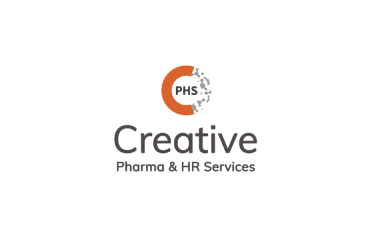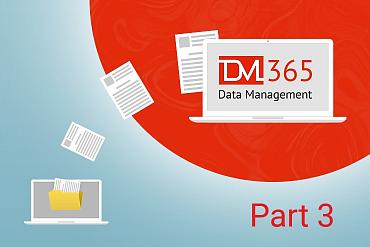How do we organise the data migration and how long does it take?
The process is not easy, because of the high level of risk and overall responsibility for data integrity, ensuring continuity of the study, but with proper planning and synergy with the customer, the result is impressive!
First and foremost, of course, a study protocol is needed: in the simplest case, a single version, in the more complex cases, all the versions that defined the research procedures and corresponding data collection prior to migration.
Equally important is to get as much information about the sources as possible: in the simplest case it is a single and well-structured source of imported data, in more complex cases several disparate sources.
The DM 365 team, including system analysts and data analysts, will analyze the structure and specifications, as well as the quality of the data collected. In the planning phase, based on the descriptive documents and the dummy or live datasets provided by the client, we will validate the existing array and identify shortcomings when corrections are still possible.
As in any project, we form and train a team, draft and agree upon detailed communication plans, timelines and milestones for the migration, and protocols for document and data transfer.
We configure the eCRF in MainEDC, IWRS and ePRO if applicable, based on the study protocol and source data analysis.
We carry out internal and user acceptance testing in an iterative manner to reduce timelines and ensure that the client is included in the process in a timely manner.
The data migration itself is carried out as planned and usually in two stages:
1 – importing data and validating the result on the test environment,
2 – import of data to the production environment of the project.
While the preparation and testing are in progress, the client can continue collecting and processing data where it was before the migration. In this way, it is possible to migrate without stopping the study.
The preparation includes issuing project-specific manuals for all types of users, training and providing access to their new system.
A plan of action for the post-production phase is also developed in advance: data management and data validation plans are prepared and additional features of the system are configured for the project – for example, remote verification by monitors, an electronic data change request process, unblinded pharmacist interface, import and reconciliation of external data (from the central laboratory and the central reading unit of the results of medical tests), medical coding functions and so on.
Everything should be ready for the study to proceed smoothly after migration.
In some cases it makes sense to provide for additional data migration operations, which is also possible, and in a much shorter timeframe.
For each data migration exercise a report is prepared to document its results.
Our experience allows us to suggest as short implementation timelines as just 2 weeks after receipt of the order. We have a specific case, where the contract was signed on November 27th and on December 1st the client received the complete project with the data on the test environment and all the corresponding documents for signature. We can do a lot, but please keep in mind that tight deadlines and overtime are paid accordingly.
You have to agree that this is impressive!
Read more: Data migration in clinical trials and Replacing the CRO in an ongoing study – how to do it?




